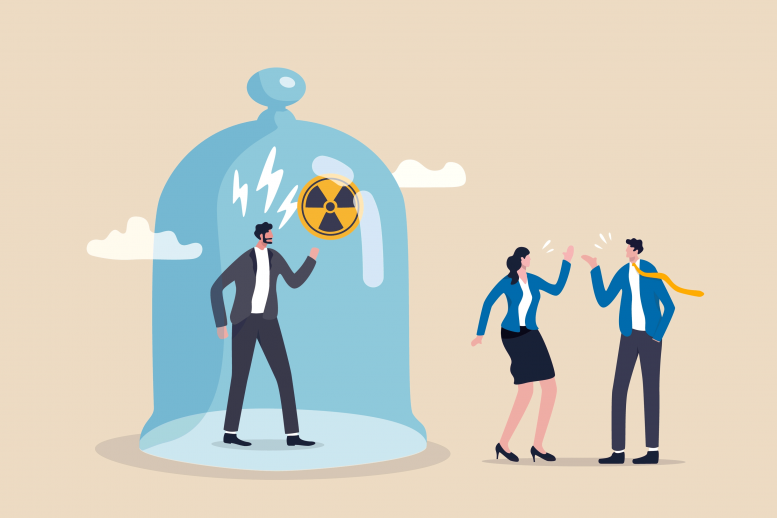
A strong psychosocial safety climate is essential to prevent emotional harm and improve productivity.
Full-time workers employed by organizations that fail to prioritize their employees’ mental health have a threefold increased risk of being diagnosed with depression, according to a year-long Australian population study.
And while working long hours is a risk factor for dying from cardiovascular disease or having a stroke, poor management practices pose a greater risk for depression, the researchers found.
The University of South Australia study, published in the British Medical Journal today (June 23), is led by UniSA’s Psychosocial Safety Climate Observatory, the world’s first research platform exploring workplace psychological health and safety.
Psychosocial safety climate (PSC) is the term used to describe management practices and communication and participation systems that protect workers’ mental health and safety.
Lead author, Dr. Amy Zadow, says that poor workplace mental health can be traced back to poor management practices, priorities and values, which then flows through to high job demands and low resources.
High Expectations, Low Support Harm Mental Health
“Evidence shows that companies who fail to reward or acknowledge their employees for hard work, impose unreasonable demands on workers, and do not give them autonomy, are placing their staff at a much greater risk of depression,” says Dr. Zadow.
Internationally renowned expert on workplace mental health, ARC Laureate Professor Maureen Dollard, says the study found that while enthusiastic and committed workers are valued, working long hours can lead to depression. Men are also more likely to become depressed if their workplace pays scant attention to their psychological health.
Due to the global burden of depression, which affects an estimated 300 million people worldwide and shows no sign of abating despite available treatments, more attention is now being paid to poorly functioning work environments which could contribute to the problem.
High levels of burnout and workplace bullying are also linked to corporations’ failure to support workers’ mental health.
A second paper co-authored by Professor Dollard and published in the European Journal of Work and Organizational Psychology earlier this month, found that low PSC was an important predictor of bullying and emotional exhaustion.
“Lack of consultation with employees and unions over workplace health and safety issues, and little support for stress prevention, is linked to low PSC in companies.
Bullying’s Ripple Effect in Teams
“We also found that bullying in a work unit can not only negatively affect the victim, but also the perpetrator and team members who witness that behavior. It is not uncommon for everyone in the same unit to experience burnout as a result.
“In this study we investigated bullying in a group context and why it occurs. Sometimes stress is a trigger for bullying and in the worst cases it can set an ‘acceptable’ level of behavior for other members of the team. But above all bullying can be predicted from a company’s commitment to mental health, so it can be prevented,” Prof Dollard says.
The global costs of workplace bullying and worker burnout are significant, manifested in absenteeism, poor work engagement, stress leave and low productivity.
The extent of the problem was recognized in 2019 with the International Labor Organization (ILO) implementing a Global Commission on the Future of Work and calling for “a human-centered approach, putting people and the work they do at the center of economic and social policy and business practice.”
“The practical implications of this research are far-reaching. High levels of worker burnout are extremely costly to organizations and it’s clear that top-level organizational change is needed to address the issue,” Prof Dollard says.
Reference: “Predicting new major depression symptoms from long working hours, psychosocial safety climate and work engagement: a population-based cohort study” by Amy Jane Zadow, Maureen F Dollard, Christian Dormann and Paul Landsbergis, 23 June 2021, BMJ Open.
DOI: 10.1136/bmjopen-2020-044133
Never miss a breakthrough: Join the SciTechDaily newsletter.